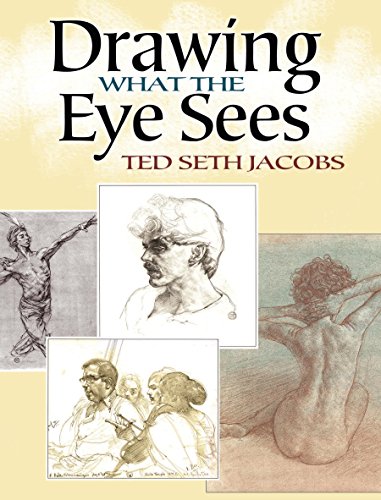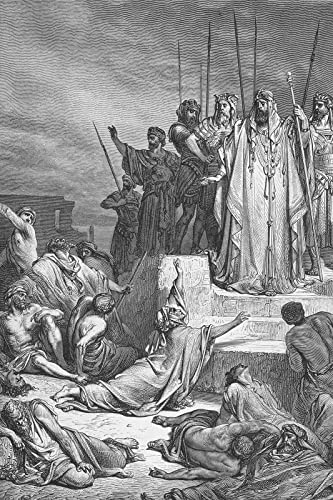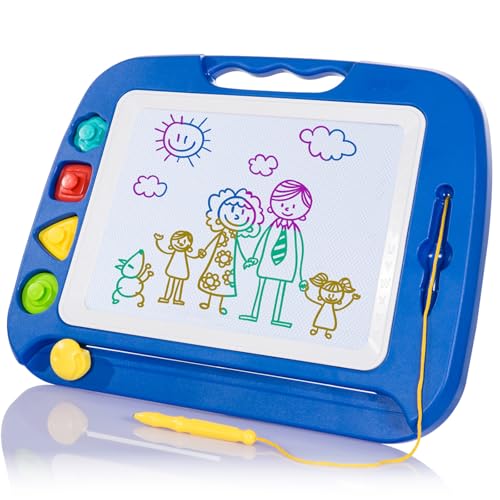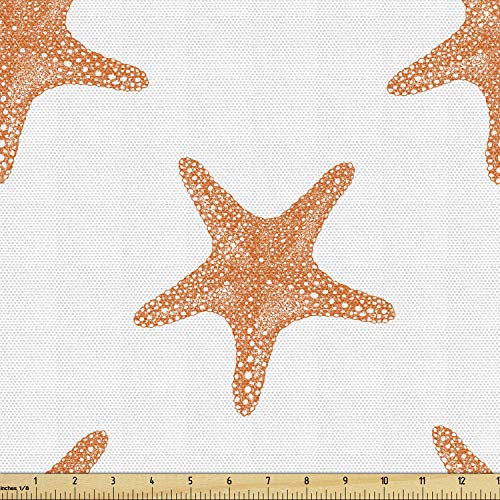Drawing a forest can be relaxing and fun. Forest scenes are perfect for beginners and seasoned artists alike.
Nature offers endless inspiration, and forests are a classic choice. Whether you’re sketching for the first time or looking for new ideas, simple forest drawings can be a great start. Trees, animals, and plants provide a variety of elements to explore.
These ideas can help you capture the beauty of the woods with ease. Ready to bring the magic of the forest to your sketchbook? Let’s dive into some simple drawing forest ideas that will spark your creativity and improve your skills.
Introduction To Forest Drawing
Drawing forests can be a relaxing and fulfilling experience. It allows you to connect with nature and express your creativity on paper. In this section, we will explore simple forest drawing ideas. Whether you are a beginner or an experienced artist, these ideas will inspire you to create beautiful forest scenes.
Why Draw Forest Scenes
Drawing forest scenes can be a rewarding activity. Forests are rich with diverse elements like trees, plants, and wildlife. This provides a wide range of subjects to draw. Here are some reasons to draw forest scenes:
- Variety of Subjects: Forests offer many elements such as trees, flowers, and animals.
- Practice Skills: Drawing different elements helps improve your drawing skills.
- Relaxation: The process can be calming and reduce stress.
Benefits Of Nature Drawing
Nature drawing has many benefits beyond artistic improvement. It can positively impact your mental and physical health. Here are some key benefits:
| Benefit | Description |
|---|---|
| Mindfulness | Drawing nature helps you stay present and focused. |
| Creativity | It boosts your creative thinking and imagination. |
| Observation Skills | It improves your ability to observe and notice details. |
Additionally, spending time with nature can increase your mood and overall well-being. Drawing forests can be a great way to combine creativity with the benefits of nature.
Essential Drawing Supplies
To create beautiful forest drawings, you need the right supplies. Having the right tools will make your drawing process smoother and more enjoyable. Below are the essential drawing supplies that will help you get started.
Basic Tools Needed
First, get a set of quality pencils. Start with a range from HB to 6B. These will help you create different shades and depths. A good eraser is also important. Choose a kneaded eraser for best results. You will need a sketchbook with good-quality paper. It should be thick enough to handle shading and erasing.
Sharpeners are another must-have. A sharp point on your pencil makes a big difference. Consider a mechanical sharpener for consistent results. Lastly, a ruler can help with straight lines and proper proportions.
Optional Supplies For Enhancement
Colored pencils can add life to your forest drawings. Choose a set with a wide range of colors. Blending tools like tortillons or blending stumps can create smooth transitions between shades. These tools are great for adding depth.
Fine-tip pens can help you add details. They are perfect for outlining and adding texture. A fixative spray will help preserve your finished drawing. Spray it lightly over your drawing to prevent smudging.
If you want to explore more, watercolors can be a fun addition. They add a unique look to your drawings. Just make sure your paper is thick enough to handle the paint.
Choosing Your Forest Scene
Drawing a forest can be a fun and calming activity. The first step is to choose the type of forest you want to draw. This helps set the mood and style of your artwork. Let’s explore some ideas to get started.
Types Of Forests To Draw
Forests come in many shapes and sizes. Here are some types to consider:
- Tropical Rainforests: These forests are dense and full of life. They have tall trees, thick canopies, and many plants and animals.
- Deciduous Forests: Known for their seasonal changes. Trees in these forests lose their leaves in the fall.
- Coniferous Forests: These forests have evergreen trees. They keep their needles all year round.
- Boreal Forests: Found in colder regions. These forests have a mix of coniferous and deciduous trees.
Finding Inspiration
Inspiration can come from many places. Here are some ideas:
- Nature Walks: Take a walk in a nearby forest. Observe the trees, plants, and animals.
- Photographs: Look at forest photos online or in books. Notice the colors and shapes.
- Movies and Documentaries: Watch films about forests. They can show different types of forests and their beauty.
- Artworks: Study paintings and drawings of forests by other artists. See how they capture the essence of the forest.
Basic Drawing Techniques
Drawing a forest can be a calming and fulfilling activity. It involves various techniques that bring your artwork to life. Below, we will explore some basic drawing techniques that are essential for creating beautiful forest drawings.
Sketching Outlines
Start with simple shapes to form your forest. Use light strokes to outline the trees, bushes, and other elements. This approach helps you plan the composition without committing to details too early. Remember, your initial sketches should be rough. You can refine them later.
Shading And Texturing
Shading adds depth to your forest drawing. Use hatching, cross-hatching, or stippling to create shadows and highlights. These techniques can make your trees and foliage look more realistic. Texture is also crucial. Different trees and plants have unique textures. Try using varied pencil strokes to represent bark, leaves, and grass.
| Technique | Description |
|---|---|
| Hatching | Parallel lines to create shadows. |
| Cross-Hatching | Intersecting lines for deeper shading. |
| Stippling | Dots to add texture and shadow. |
Here are some tips for better shading and texturing:
- Use softer pencils for darker areas.
- Apply light pressure for subtle shading.
- Blend with a tissue or blending stump for smooth textures.
By mastering these basic drawing techniques, you can create captivating forest scenes. Practice regularly and experiment with different methods to find your style.
Creating Realistic Trees
Drawing realistic trees can be a rewarding experience. They add life and depth to your forest scenes. With a few simple steps, you can make your trees look authentic and detailed.
Drawing Tree Trunks
Start with the trunk. Draw a rough outline of the trunk’s shape. Think about the type of tree you want to draw. Pine trees have straight trunks. Oak trees have thick, gnarly trunks.
Add texture to the trunk. Draw small, curved lines to show bark. Use darker lines for shadows and lighter lines for highlights. This adds depth to the trunk. Remember to make the base wider and the top thinner.
Detailing Leaves And Branches
Branches grow from the trunk. Draw them with smooth, curved lines. Make branches thinner as they move away from the trunk. Avoid making them too straight.
Next, add leaves. For a simple approach, use small, oval shapes. Group them together to form clusters. For more detail, draw individual leaves. Vary their sizes and shapes. This will make them look more natural.
Pay attention to light and shadow. Use darker shades for leaves in the background. Use lighter shades for leaves in the foreground. This will give your tree a three-dimensional look.
By following these steps, you can create realistic trees. Practice and patience are key. Soon, you’ll be drawing beautiful forests with ease.

Adding Forest Elements
Adding forest elements to your drawings can bring them to life. These details make the scene more engaging and realistic. You can include wildlife, water features, and other natural elements. These additions will enhance your forest drawings.
Incorporating Wildlife
Animals add movement and interest to your forest scenes. Consider drawing deer grazing or birds perched on branches. Small creatures like rabbits and squirrels can also be delightful. These animals make the forest feel lively and real.
Including Water Features
Water features add a serene touch to forest drawings. Draw a gentle stream winding through the trees. A calm pond can reflect the surrounding greenery. Waterfalls provide a dramatic focal point. These features create a peaceful atmosphere.
Improving Your Drawing
Drawing a forest can be a fun and relaxing activity. To make your drawings more engaging, there are a few techniques you can use. These techniques will bring life to your forest scenes and make them more realistic. Let’s explore some of these methods to enhance your drawing.
Using Light And Shadow
Light and shadow play a vital role in drawing. They add realism and depth to your forest scenes. Start by deciding the light source in your drawing. It could be the sun, a moonlit night, or even a campfire. Once you have decided, sketch the direction of the light. This will help you determine where shadows will fall.
Use darker shades to create shadows on the opposite side of the light source. Lighter shades should be used where the light hits directly. This contrast will make your trees, leaves, and ground look three-dimensional. Remember, the stronger the light, the sharper the shadows.
Adding Depth And Perspective
Depth and perspective are essential to make your forest look real. Start by drawing larger trees and objects in the foreground. These will appear closer to the viewer. As you move towards the background, draw smaller trees and objects. This will create an illusion of distance.
You can also use overlapping elements. Draw some trees or bushes partially covering others. This technique adds layers and depth. Another tip is to use lighter shades for objects in the background. This mimics atmospheric perspective, where distant objects appear lighter and less detailed.
Using these techniques, your forest drawings will come to life. Experiment and practice to improve your skills. Soon, you will create stunning forest scenes that captivate viewers.

Finishing Touches
The finishing touches on your forest drawing can bring the whole scene together. Small details and the right colors make your artwork stand out. Let’s dive into these last steps to complete your forest masterpiece.
Final Details
Adding final details can enhance your drawing. Draw small leaves on trees. Add grass around the base of each tree. Include tiny flowers or mushrooms. These elements add depth and interest to your forest scene.
Think about the forest floor. Sketch some fallen branches and rocks. These details make your forest look more realistic. Use light and shadow to show where the sunlight hits. This can create a sense of depth and dimension.
Coloring Your Scene
Coloring your forest drawing brings it to life. Use different shades of green for the trees. This creates a natural look. For the sky, use a light blue. Add some white for clouds.
Consider using brown for tree trunks and branches. Mix in some gray for texture. Use darker greens for shadows in the foliage. Highlight with lighter greens where the light hits. For the forest floor, use earthy tones. Browns, grays, and greens work well.
Remember to keep your colors balanced. Too much of one color can make your drawing look flat. Use contrasting colors to make different parts of your scene stand out. This will help create a vibrant and engaging forest drawing.

Frequently Asked Questions
What Are Simple Forest Drawing Ideas?
Simple forest drawing ideas include sketching trees, animals, and pathways. Use basic shapes and lines. Focus on different tree types and forest elements.
How To Draw A Forest For Beginners?
Start with simple tree shapes and add details gradually. Use light pencil strokes initially. Add elements like animals and pathways for depth.
What Materials Are Best For Forest Drawing?
Use pencils, colored pencils, and sketching paper for forest drawings. Erasers and blending tools are also helpful for adding details.
Can I Draw A Forest Without Much Experience?
Yes, start with basic shapes and gradually add details. Practice regularly and learn from tutorials and reference images.
Conclusion
Drawing a forest can be fun and relaxing. Try different styles and techniques. Use simple shapes and lines. Experiment with shading and textures. Practice will improve your skills over time. Enjoy the process of creating. Let your imagination lead the way.
Share your art with friends and family. Inspire others to draw too. Keep your drawings simple yet beautiful. Happy drawing!














